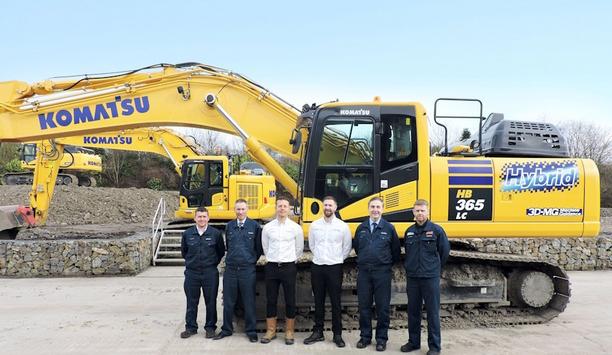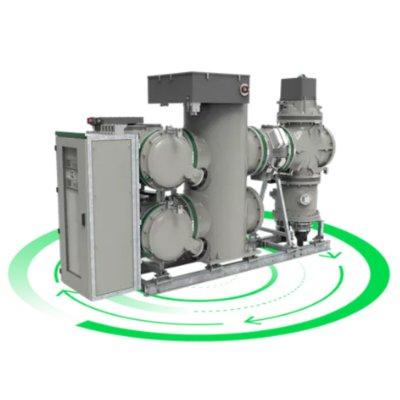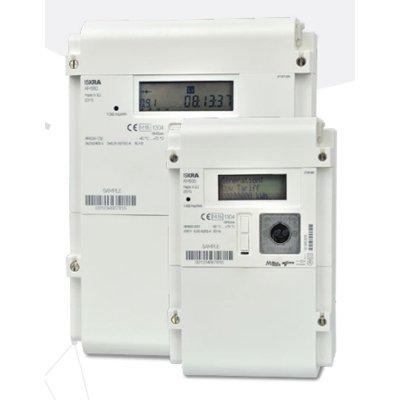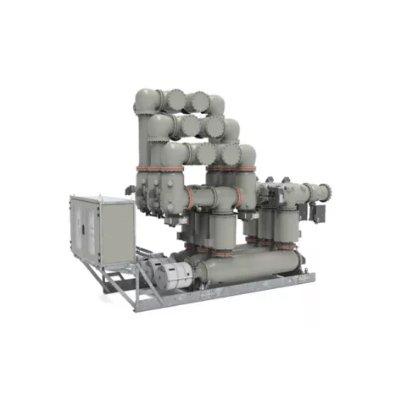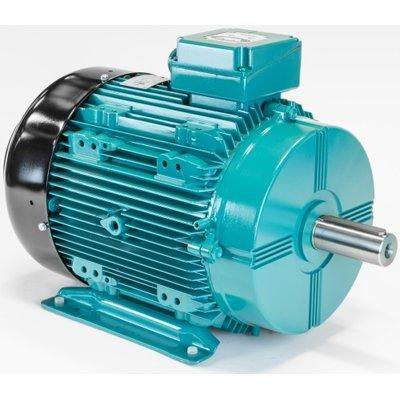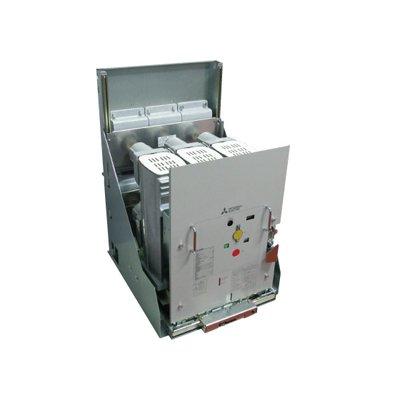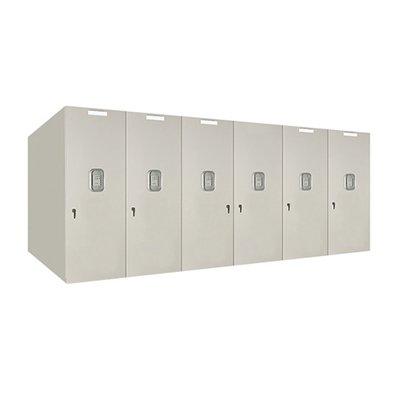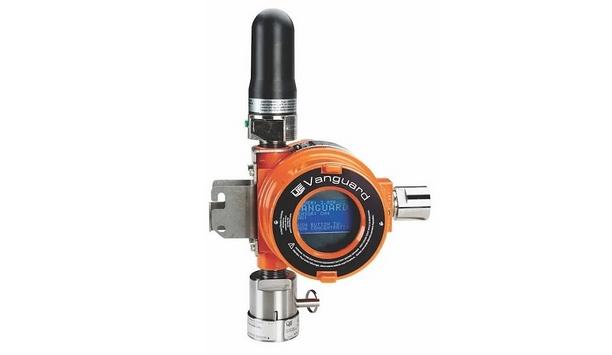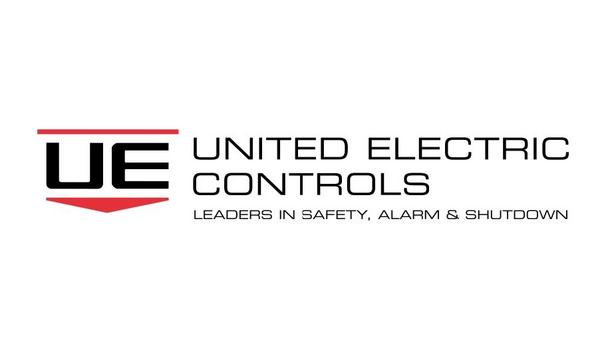Contactors and Control relays are electrically operated switches used for switching loads and for controlling the electrical circuit respectively. Generally, the medium of quenching of arc is air, so they are called air break contactors & air break control relays.
Since both switches are used in the same control panel, it is confusing for people to understand the difference between a contactor and a control relay.
Similarity between Contactor and Control Relay
Contactor and Control Relay work on the same principle. They are electrically operated solenoid switches that are designed for the switching or control of the loads.
Moreover, both of them are constructed similarly:
- Both, the contactor and control relay, have top housing which has a set of normally open or normally closed contacts. The bottom housing in both cases, has a set of magnets and coils with an external cover to protect all the internal parts.
difference between Contactor and Control Relay
Contactors are used for loads that have comparatively higher currents and higher system voltages
The key difference between control relays and contactors is the rating of current that they are designed to handle. Contactors are used for loads that have comparatively higher currents and higher system voltages.
Here’s a brief definition of Contactor & Control Relay that will help users understand the key difference between the two:
Control Relay:
It is a device through which contacts in one circuit are operated by an alteration in conditions in the same circuit or associated circuits.
Contactor:
It is a device that is used for repeatedly establishing and interrupting an electric circuit under normal conditions.
The below table illustrates four major differences between a Contactor and a Control Relay:

Some other criteria that differentiate the two devices
Safety Features
- Spring-Loaded Contacts:
Spring-loaded contacts also prevent the contact from bouncing which results in a long life
Contactors are designed to carry high current, and hence contain additional safety features like spring-loaded contacts to ensure that the circuit is broken when de-energized – preventing the circuit from being energized when it is supposed to be off, Spring-loaded contacts also prevent the contact from bouncing which result in the long life of contacts.
Since Control relays are designed for lower power, spring-loaded contacts are not so common.
- Arc Suppression:
Due to the high loads contractors typically carry, they consist of arc suppression to quench the arc faster. As Control relays aren’t designed for high loads, arc suppression is not common on Control relays.
Contactors and Control Relays for Application
When selecting between a contactor and a Control relay; always consider some crucial points. C&S Electric designs and manufactures a robust and versatile range of contactors and Control relays that are designed using modern technologies to deliver complete protection and safety with long mechanical and electric life.

C&S Electric offers a range of high-reliability Contactors and Control Relays including RobusTa Contactors & Overload Control Relays, Mini Contactor, D-Range Contactors, 2 Pole & 4 Pole Contactors, exceeD Contactors, Robusta2 Contactors, Capacitor Duty Contactors and Definite Purpose Contactors.

